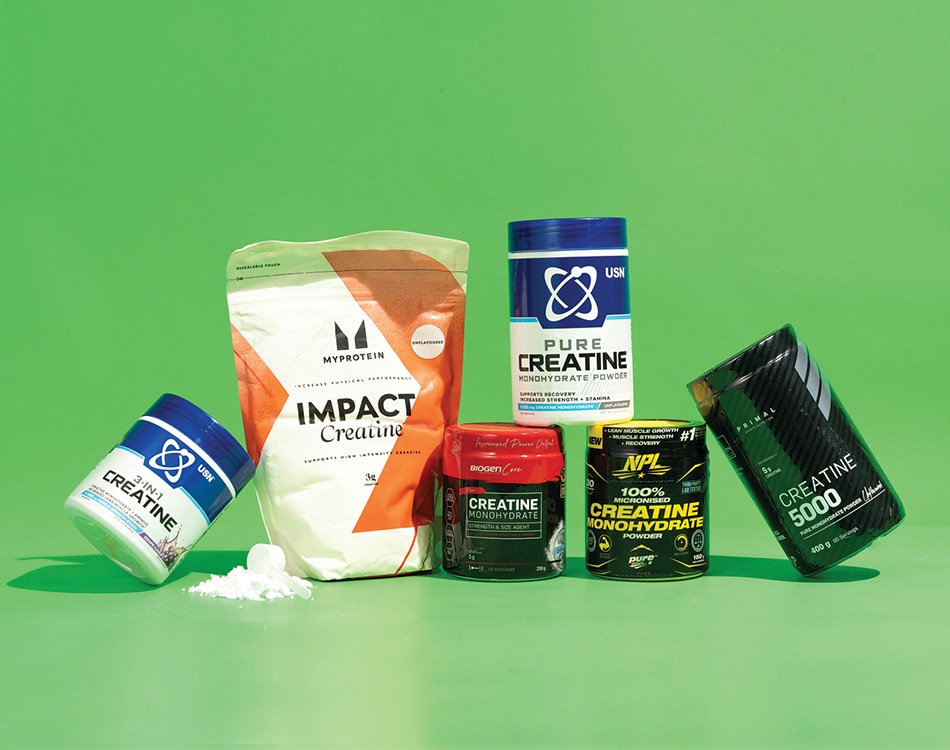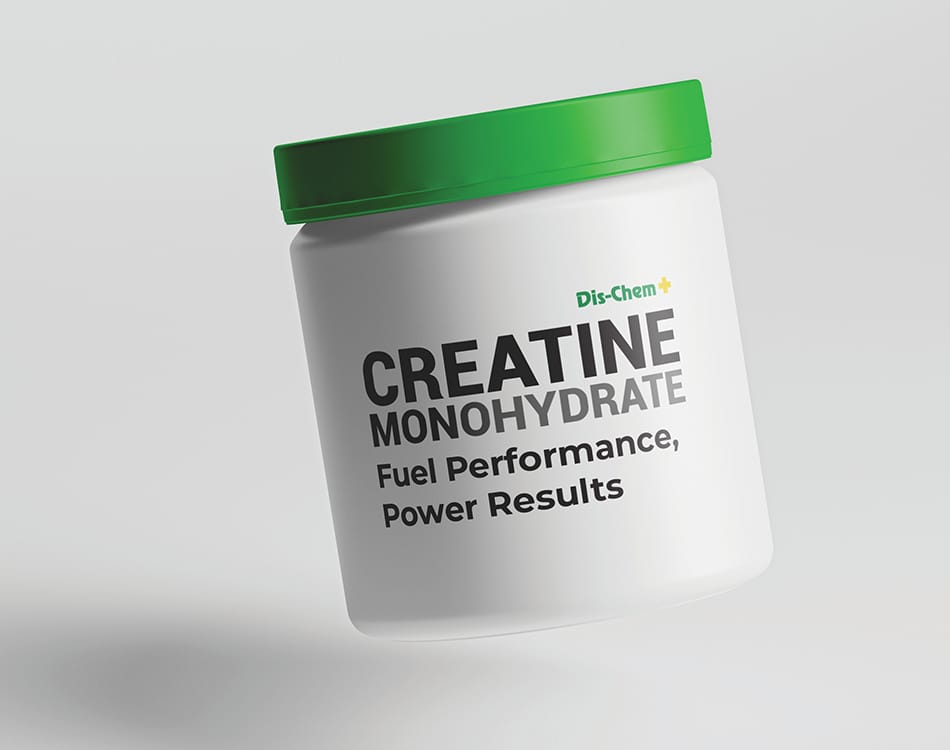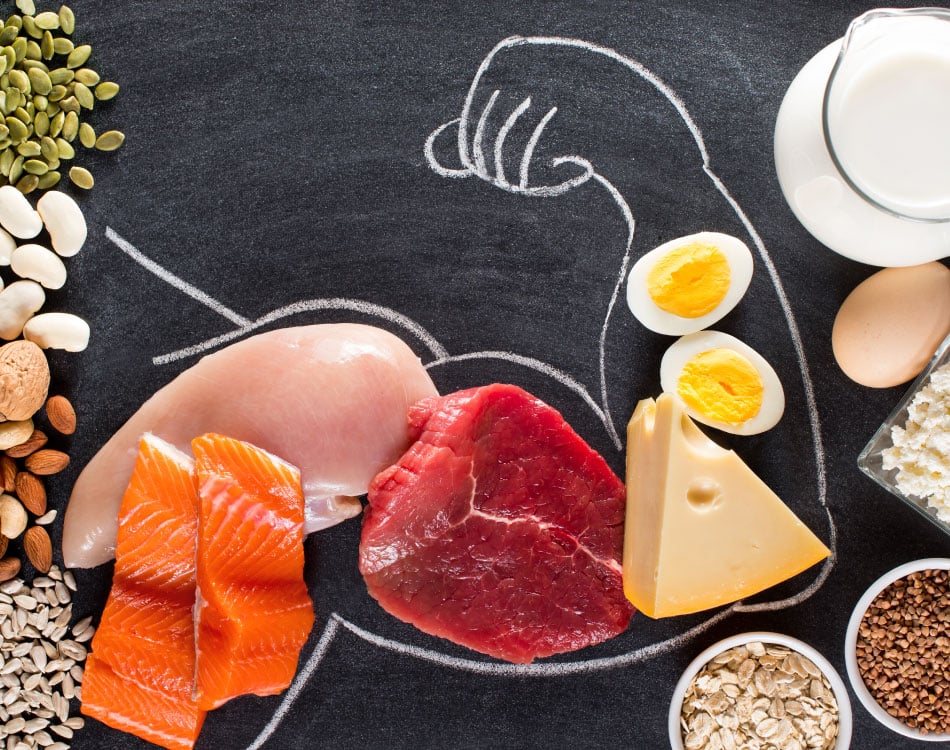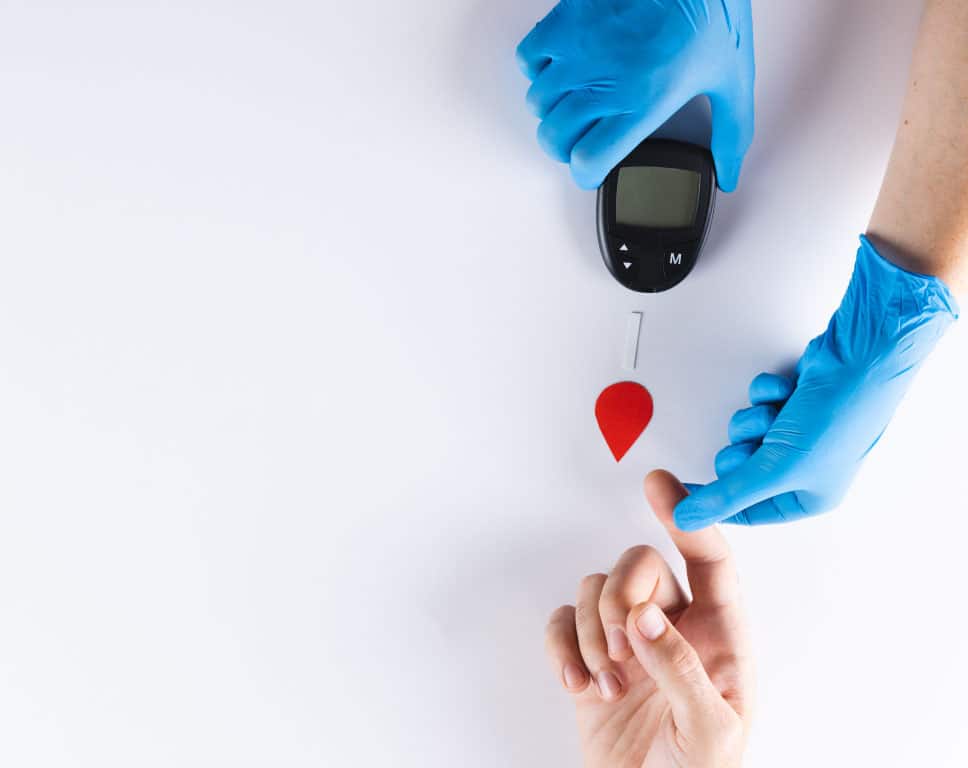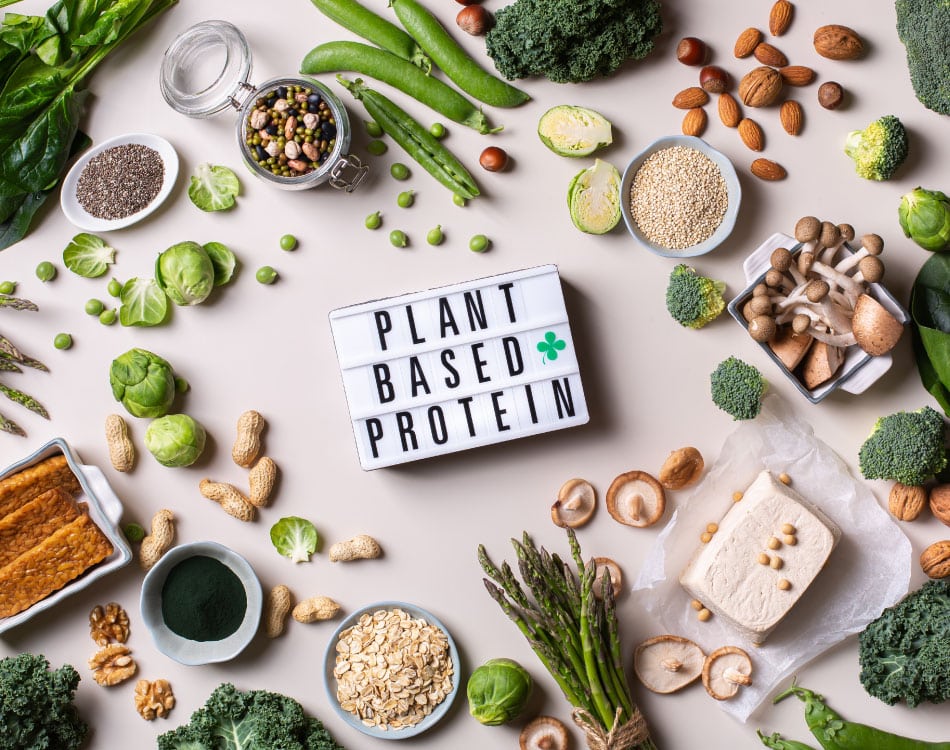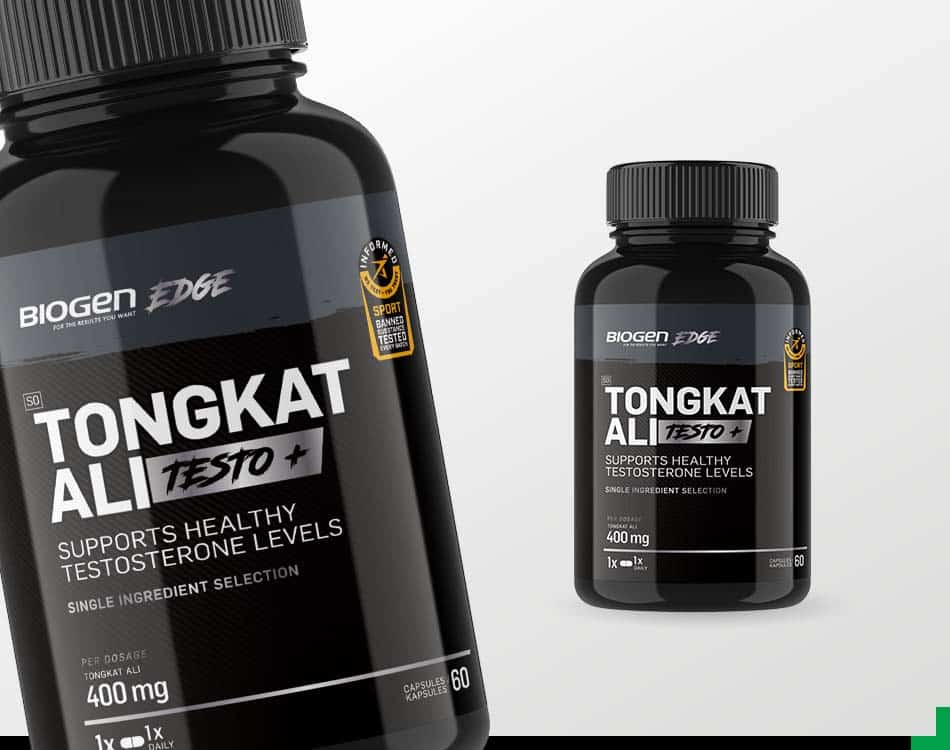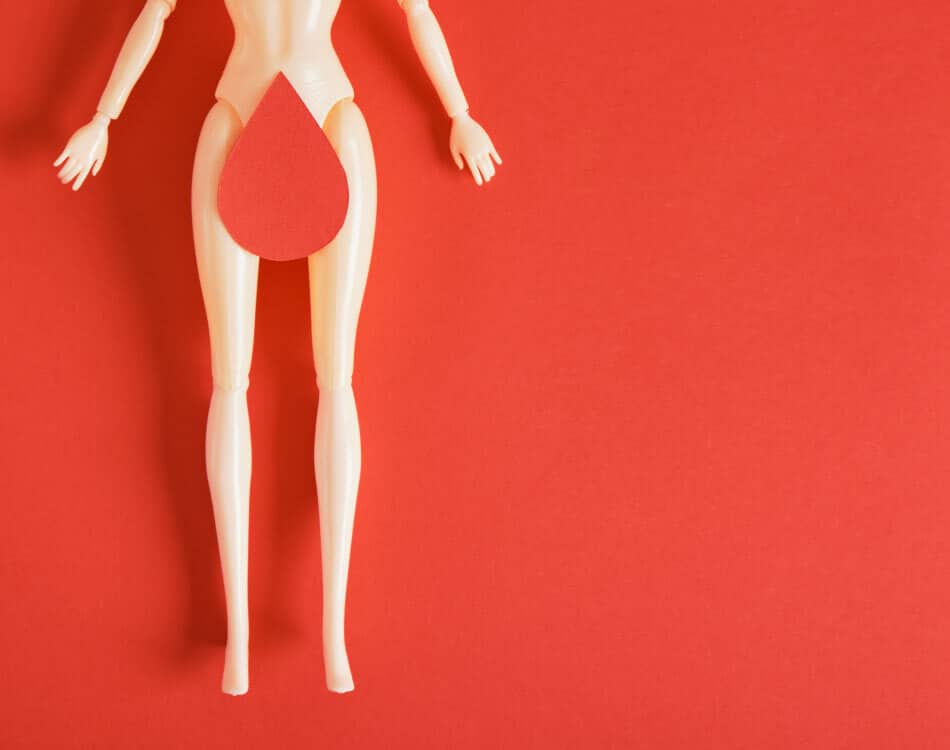If you’re serious about building strength, boosting endurance, and maximising your workouts, creatine is a supplement you can’t afford to ignore.
Widely studied and proven effective, creatine has become a staple in the routines of athletes, gym-goers, and fitness enthusiasts for good reason—it works.
Creatine is a naturally occurring compound in the body that plays a critical role in energy production, especially during short bursts of high-intensity activity. While about 95% of the body’s creatine is stored in muscle cells, levels can quickly deplete during training, limiting your potential to push harder and recover faster.
That’s where creatine supplements come in. By increasing your muscle stores of phosphocreatine, these supplements help regenerate ATP – your body’s primary energy currency – allowing you to train harder, longer, and with greater intensity. The result? More power, more reps, and ultimately, more gains.
In this article, we’ll break down exactly how to use creatine effectively to elevate your performance and results.
Pick Your Creatine
While there are numerous creatine options available, each offering benefits from an absorption or tolerance perspective, creatine monohydrate remains one of the most efficacious, safest and cost-effective options.
According to the International Society of Sports Nutrition’s position stand²: “Creatine monohydrate is the most effective ergogenic nutritional supplement currently available to athletes in terms of increasing high-intensity exercise capacity…”
The many research-proven benefits of creatine include:
- Accelerated recovery between sets and workouts
- Increased strength
- Higher work capacity
- Greater strength endurance
- Aids muscle cell hydration
- Protects muscle against free radical damage³
- Limits muscle loss during periods of immobility⁴
Living Fit Recommends
Creatine Dosing Strategies
Just like there are different products available, we also have various dosing strategies to derive the best response.
Two popular and effective, scientifically validated options include:
- The old-school loading protocol
The approach was initially introduced based on research findings from a study aimed at proving creatine efficacy. This protocol includes a loading phase where up to 20g (roughly 0.3g/kg/day) is taken over multiple doses for 5–7 days. A maintenance phase of 3-5g (roughly 0.03g/kg/day) follows, either for three weeks (if cycling) or indefinitely without additional loading phases. - The new-school direct maintenance protocol
This newer approach suggests taking 3-10g of creatine per day for a period of up to two months with no loading phase.
It is, however, recommended that you cycle your creatine intake to reset your body’s response mechanisms to continue realising a benefit.
Selecting Your Approach
Choosing the best approach for you will depend on various factors. However, research⁵ confirms that either option will boost your resting levels by 17-20%.
The traditional loading phase approach may help increase total creatine stores at a faster rate than a lower dose. However, the difference between a loading phase, or a direct maintenance approach becomes negligible after one month.
Timing Your Doses
Whichever protocol you choose, it is ideal to split your intake into multiple daily doses and mix your creatine monohydrate with your favourite protein-carbohydrate drink or grape juice.
Follow this dosing protocol for optimal results:
- Take one serving before training to stock up reserves.
- Take another dose after your session to replenish depleted stores.
- Take a single serving before breakfast on non-training days.
All-in-one Creatine Products
You can simplify your daily creatine intake with new innovations in creatine transport systems.
There are numerous all-in-one products, which typically include a potent 5g dose of creatine monohydrate per serving with an added carbohydrate source like dextrose monohydrate and alpha-lipoic acid.
These formulations mean you can simply mix with water and drink, no fruit juice required!
Living Fit Recommends
References
- Kreider RB, Stout JR. Creatine in Health and Disease. Nutrients. 2021 Jan 29;13(2):447. doi: 10.3390/nu13020447. PMID: 33572884; PMCID: PMC7910963.
- Buford TW, Kreider RB, Stout JR, Greenwood M, Campbell B, Spano M, Ziegenfuss T, Lopez H, Landis J, Antonio J. International Society of Sports Nutrition position stand: creatine supplementation and exercise. J Int Soc Sports Nutr. 2007 Aug 30;4:6. doi: 10.1186/1550-2783-4-6. PMID: 17908288; PMCID: PMC2048496.
- Cooke MB, Rybalka E, Stathis CG, Hayes A. Myoprotective Potential of Creatine Is Greater than Whey Protein after Chemically-Induced Damage in Rat Skeletal Muscle. Nutrients. 2018 Apr 30;10(5):553. doi: 10.3390/nu10050553. PMID: 29710855; PMCID: PMC5986433.
- Padilha, Camila & Cella, Paola & Salles, Leo & Deminice, Rafael. (2017). Oral creatine supplementation attenuates muscle loss caused by limb immobilization: a systematic review. Fisioterapia em Movimento. 30. 831-838. 10.1590/1980-5918.030.004.ar01.
- Hultman, E., Soderlund, K., Timmons, J. A., Cederblad, G., & Greenhaff, P. L. (1996). Muscle creatine loading in men. Journal of Applied Physiology, 81(1), 232-237.

